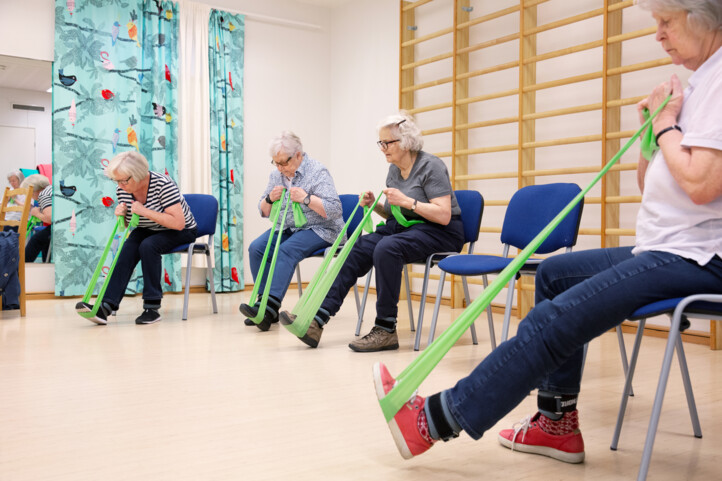Occupational class inequalities in physical functioning widened after old-age retirement and narrowed after disability retirement

Occupational class inequalities in physical functioning (PF) increased after old-age retirement and decreased after disability retirement. In a study by the University of Helsinki and the Finnish Centre for Pensions, we have reviewed for the first time how PF has developed after old-age and disability retirement.
We examined occupational class trajectories in PF of women employed by the City of Helsinki, Finland, 10 years before and after transition to old-age and disability retirement. Higher occupational classes included, for example, teachers, physicians and nurses while lower occupational classes included, among others, child minders and cleaners.
In our study, we did not observe any occupational class inequalities in PF of old-age and disability pensioners 10 years before retirement.
“After old-age retirement, physical functioning weakened and occupational class inequalities increased. This can be explained by the fact that physical functioning decreased more steeply in the lowest occupational class”, says Professor of Medical Sociology Tea Lallukka (University of Helsinki).
Occupational class inequalities in PF evened out among disability pensioners
Years before retirement on a disability pension, the decline in PF became stronger and, in the lower occupational classes, it was steeper than in the higher classes. After disability retirement, the decline in functioning evened out and, particularly in the lower occupational classes, it improved.
“The results show that the disability pension functions as intended: physical functionality and health improves when working ends. The plateauing of PF inequalities may be affected by, among other things, the underlying reasons for occupational class inequalities”, explains Head of Research Susan Kuivalainen (Finnish Centre for Pensions).
In the lower occupational class, the main reason for granting a disability pension was musculoskeletal diseases (53%). In the highest occupational class, on the other hand, the main reason was mental and behavioural disorders (38%).
In the study, we considered the participants’ pre-retirement strenuousness of work, as well as their health behaviour and BMI, but in both groups, they only slightly explain the development of PF in both groups of pensioners.
Physical functionality should be supported immediately after retirement
According to the researchers, policies supporting PF should focus on the most vulnerable groups, particularly in the immediate years following retirement.
“Measures supporting lower occupational classes could help prevent declining physical functioning and thus avoid widening inequalities following retirement”, Lallukka states.
Research article
Trajectories in physical functioning by occupational class among retiring women: the significance of type of retirement and social and health-related factors | Journal of Epidemiology & Community Health
Approved manuscript of article (Helda)
Article behind paywall (BMJ)
Updated at 10:14 on 24 May: added links to publication at end of text
